The Forty-Spotted Pardalote, or '40-spots' is a beautiful tiny bird that has declined dramatically since last century. There are now less than 1,500 of these birds remaining, and they typically nest in the hollows in the limbs or trunks of old trees. However the suitable habitat for their nesting has declined dramatically due to logging and clearing, and they are now confined to a few isolated colonies on Maria Island and Bruny Island.
Swift Parrots are a remarkable parrot species - the fastest parrot species in the world. They migrate seasonally from Tasmania to mainland Australia. Unfortunately logging and clearing has dramatically reduced their habitat and range. Their favourite sites for nesting are in the hollows of old mature Blue-Gum trees, preferable where the Blue-Gums are also flowering. The remaining suitable habitat for nesting sites for these birds has been dramatically impacted by logging, and now an estimated fewer than 300 individual swift parrots exist.
We are at a critical time squeeze right now to save both of these species.
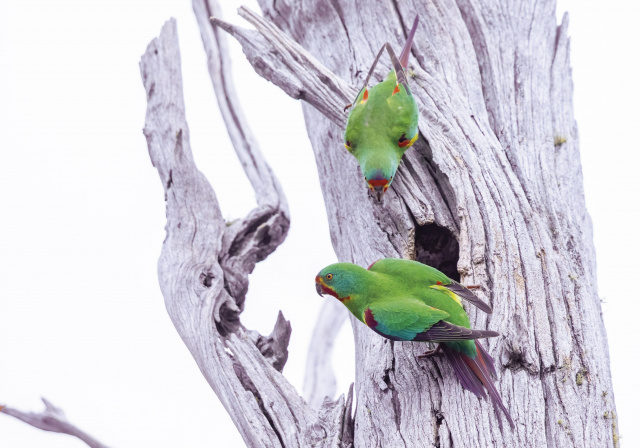
This is just one part of an overall action plan to save these extraordinary birds.
The Bruny Island nesting box project is run through the Bruny Island Men’s Shed, using local carpenters’ offcuts and local Bruny mill offcuts, to create habitat for 3 bird species:
* Forty-Spotted Pardalote
* Swift Parrot
* Striated pardalote
along with * Bats and * Ring-tailed & Brush-tailed possums
This project involves great community engagement, understanding and its purpose is to counteract the nesting habitat loss for these species. The labour is volunteer labour conducted by Men’s Shed volunteers.
These nesting boxes can be purchased from the Men’s Shed and Inala Wildlife Sanctuary.
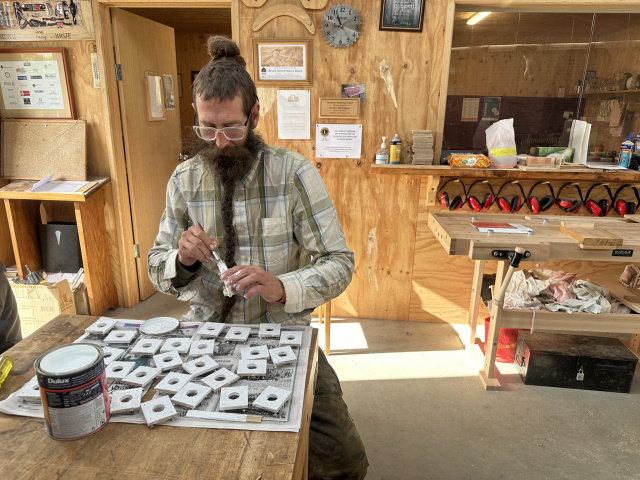
What local wildlife experts have discovered is that with a hole-size slightly too big - the smaller 40-spotted pardalote were getting pushed out of nesting boxes by the larger Striated pardalote. We are now testing smaller sized holes for the nesting boxes that are big enough to allow the Forty-spotted pardalotes in, but too small for the bigger striated pardalotes to get in and push out the smaller birds.
Collaborative research
This research has been a collaboration between Dr Andrew Hingston, employed by the Bruny Island Environment Network (BIEN) in the Threatened Woodland Birds of Bruny Island (TWBBI) project, funded by various sources, and the Difficult Bird Research Group of ANU (DBRG). Some interesting further reading on nest box research can be found here and here.
More Information on this important project and others can also be found through the Bruny Island Environment Network.
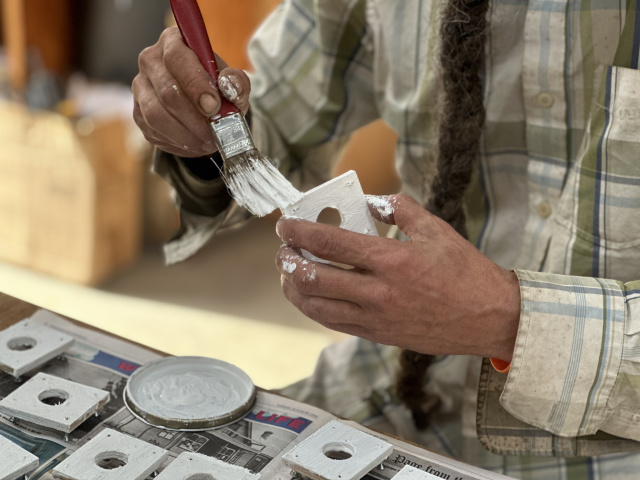
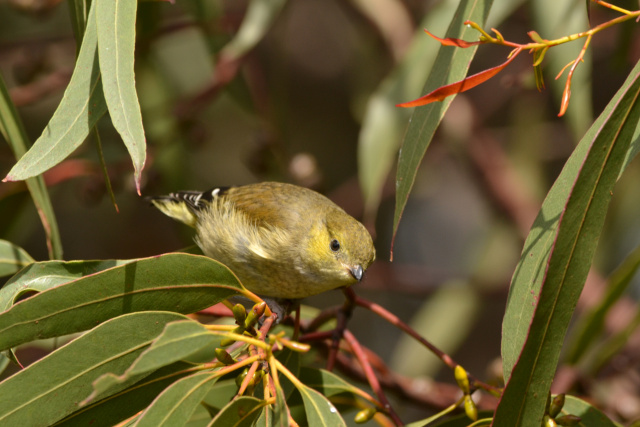
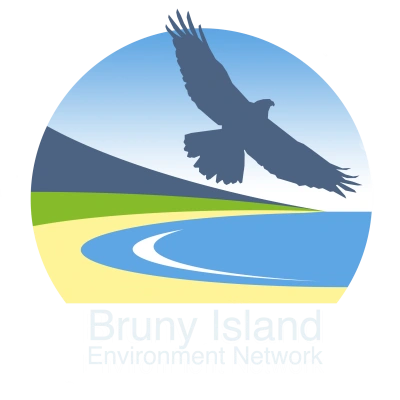
Bruny Island Environment Network

James Bunker
independent researcher, BIEN
The Forty-Spotted Pardalote, or '40-spots' is a beautiful tiny bird that has declined dramatically since last century. There are now less than 1,500 of these birds remaining, and they typically nest in the hollows in the limbs or trunks of old trees. However the suitable habitat for their nesting has declined dramatically due to logging and clearing, and they are now confined to a few isolated colonies on Maria Island and Bruny Island.
Swift Parrots are a remarkable parrot species - the fastest parrot species in the world. They migrate seasonally from Tasmania to mainland Australia. Unfortunately logging and clearing has dramatically reduced their habitat and range. Their favourite sites for nesting are in the hollows of old mature Blue-Gum trees, preferable where the Blue-Gums are also flowering. The remaining suitable habitat for nesting sites for these birds has been dramatically impacted by logging, and now an estimated fewer than 300 individual swift parrots exist.
We are at a critical time squeeze right now to save both of these species.

This is just one part of an overall action plan to save these extraordinary birds.
The Bruny Island nesting box project is run through the Bruny Island Men’s Shed, using local carpenters’ offcuts and local Bruny mill offcuts, to create habitat for 3 bird species:
* Forty-Spotted Pardalote
* Swift Parrot
* Striated pardalote
along with * Bats and * Ring-tailed & Brush-tailed possums
This project involves great community engagement, understanding and its purpose is to counteract the nesting habitat loss for these species. The labour is volunteer labour conducted by Men’s Shed volunteers.
These nesting boxes can be purchased from the Men’s Shed and Inala Wildlife Sanctuary.

What local wildlife experts have discovered is that with a hole-size slightly too big - the smaller 40-spotted pardalote were getting pushed out of nesting boxes by the larger Striated pardalote. We are now testing smaller sized holes for the nesting boxes that are big enough to allow the Forty-spotted pardalotes in, but too small for the bigger striated pardalotes to get in and push out the smaller birds.
Collaborative research
This research has been a collaboration between Dr Andrew Hingston, employed by the Bruny Island Environment Network (BIEN) in the Threatened Woodland Birds of Bruny Island (TWBBI) project, funded by various sources, and the Difficult Bird Research Group of ANU (DBRG). Some interesting further reading on nest box research can be found here and here.
More Information on this important project and others can also be found through the Bruny Island Environment Network.


Love what you're reading? Support Bruny Island Environment Network donate to support them now
Donate hereYou might like...

Improving reproductive success of forty spotted pardalotes

Threatened Species on Bruny Island

Genetic diversity and saving the forty spotted Pardalote

Saving wildlife on Bruny Island's roads
Newsletter
Sign up to keep in touch with articles, updates, events or news from Kuno, your platform for nature
